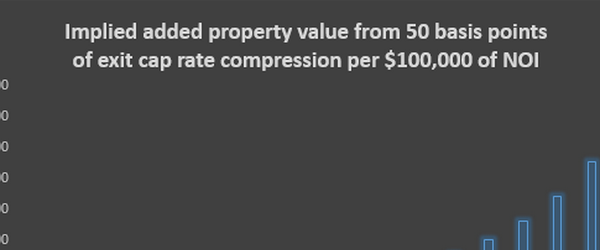Housing market analysis is necessary when evaluating residential property for investment purposes. A typical market analysis includes the following sections:
1. Analysis of current housing demand levels and recent trends. If there are available data, this section will include analysis of population and household levels and structure by income, age and family status.
2. Forecast of demand for housing units, which will include, among others, projections of number of households by income and age structure and size.
3. Housing supply analysis – Analysis of existing housing stock by types of units (apartments, single-family houses, townhouses, etc.) and quality (high-income housing, middle-income housing, low income housing) or even finer quality/type segmentation if the required data for such analysis is available.
4. Forecasts of future housing supply-Analysis of building permits and housing projects under construction to forecast housing supply for the next two years – Development of econometric models to forecast supply beyond the two years.
5. Use housing market demand and supply forecasts to develop forecasts of the expected market vacancy rate and evaluate whether rents/prices will be rising or declining in the future. Generally, rising vacancy rates above a normal vacancy level should cause rent declines, while very low vacancy levels should trigger real rent growth (above inflation)
6. Ideally, if there are historical data on housing demand, supply rents and prices, the best way to develop forecasts of the local housing rents and prices over a five year horizon is to develop a local housing market econometric model that will consist of statistical equations for demand, supply rents and/or prices. These equations need to be estimated using the historical data for the local market in order to quantify:
a. the sensitivities of housing demand to demand drivers (such as number of households, income, interest rates, cost of living increases, etc.) and rents/prices
b. the sensitivities of housing supply to supply drivers and rents/prices
c. the sensitivity of rents/prices to vacancy rate movements
Once the parameters of the statistical equations are estimated through the best-fit models then the system of equations describing the local market can be used to forecast the market using exogenous forecasts of housing demand drivers.
SOME HOUSING MARKET ANALYSIS FORMULAS
Some basic formulas used in housing market analysis include the following:
HH = HD = OHS
where
HH = Number of Households
HD = Housing Demand (in Units)
OHS= Occupied Housing Stock
VHS = THS – OHS
Where
VHS = Vacant Housing Stock
THS = Total Housing Stock
OHS= Occupied Stock
HVR = VHS/THS or HVR = 1- (OHS/THS) = 1-HOR
Where
HVR = Housing Vacancy Rate
VHS = Vacant Housing Stock
THS = Total Housing Stock
OHS = Occupied Stock
HOR = Housing Occupancy Rate




































Comments